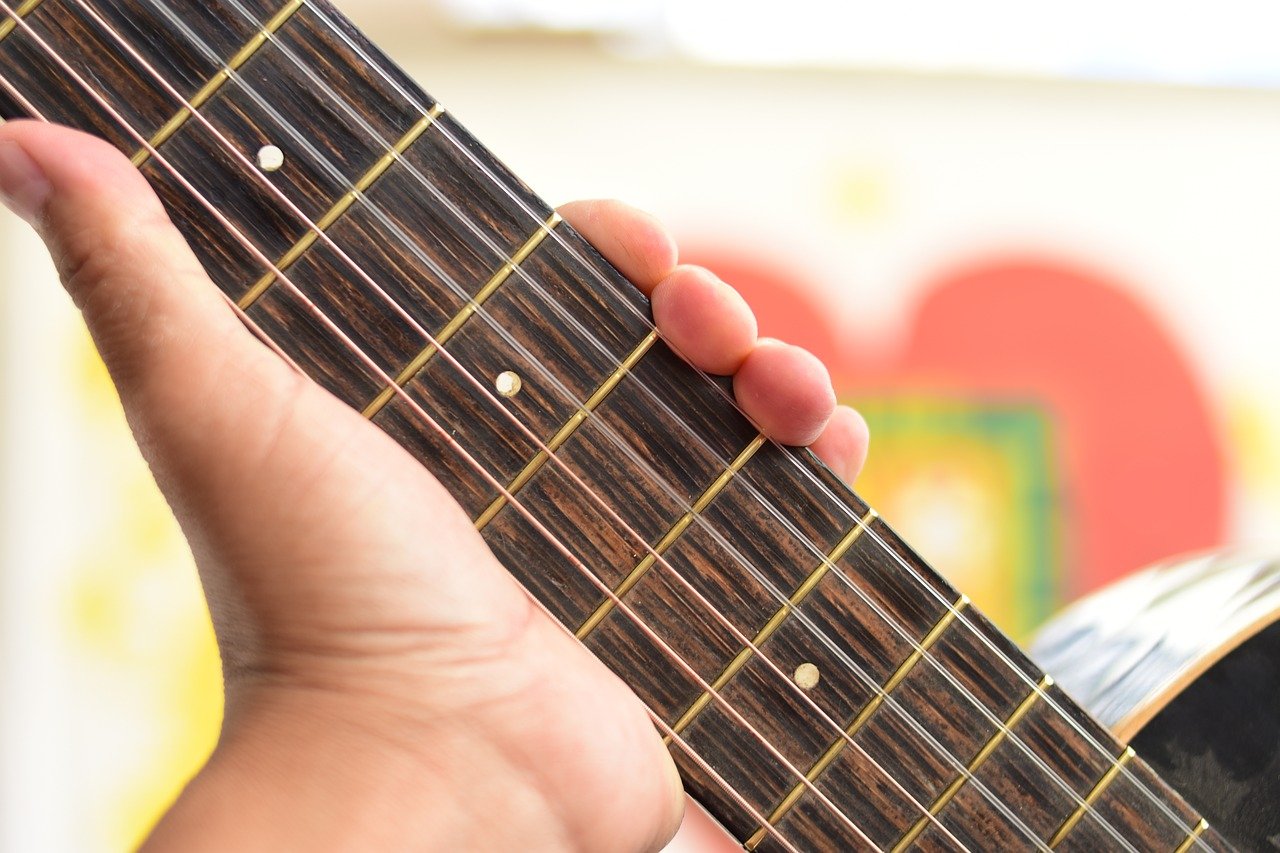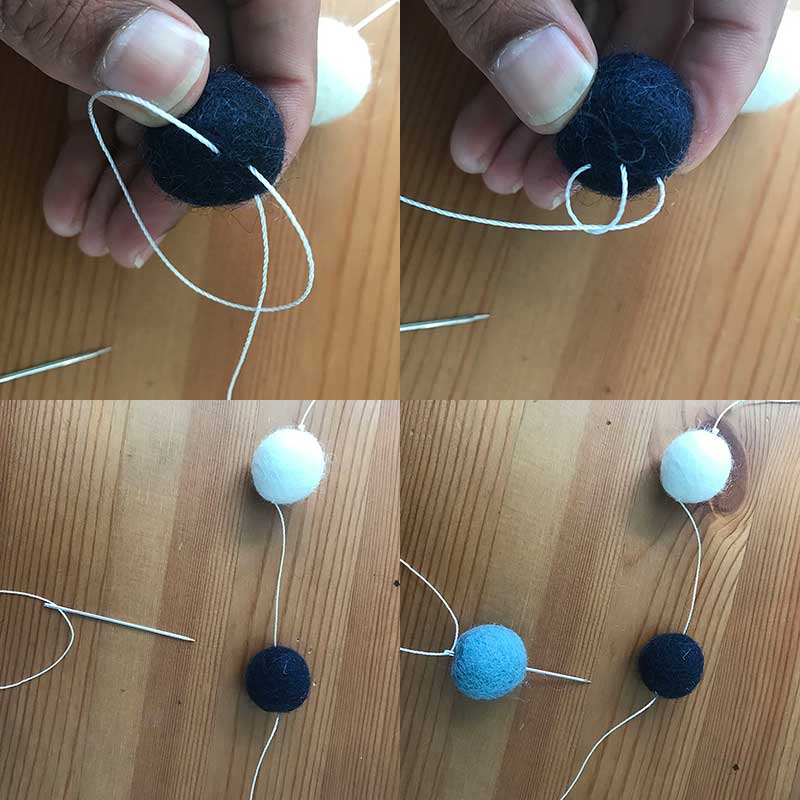

Because, let’s be honest, who really likes weaving in all those ends later on. Joining a new ball of yarn can be quite a chore.
#TINY BALLS ON ENDS OF STRING HOW TO#
Trichonodosis must be considered when patients with kinky hair complain of hair loss or breakage, and the cause is not apparent.A step-by-step (video) tutorial on how to make a magic knot in knitting for an invisible and super secure join. Treatment for the acquired type is proper hair care practices. This condition persists indefinitely and is resistant to any form of treatment. This type starts at an early age and hair breaks away after a particular length due to the fracture of hair shaft at the knot. Spontaneous type of trichonodosis associated with abnormal scalp and body hair is a rare occurrence. The location of nodules is of diagnostic value.Īcquired type of trichonodosis due to mechanical factors is a common occurrence but reported less in literature. The nodules in trichonodosis are located distally, whereas the ova are located in the proximal shaft. These knots resemble the ova of body, head and pubic lice and light microscopic examination is necessary for differentiation. Not all the hairs are involved in trichonodosis. If the knots are pulled excessively tight, transverse splintering of the hair shaft and simulation of trichorrhexis nodosa may result. The pubic and thigh regions are most frequently involved since curliness of the hairs in those areas predisposes them to knotting. Repeated encounter with these factors results in tightening of the knots. Mechanical factors such as scratching, combing, washing or friction may produce tangling and knotting of hairs. The natural kinky hair of Negroes consistently develops trichonodosis. This recoiling may lead to an entanglement which, by chance, forms a knot that results in trichonodosis. When gently pulled and released, the hairs recoil into spirals. These flat or ribbon-shaped hairs do not lie flat on a level surface but remain spiral. Kinky hair tends to be flat in cross section, whereas curly or straight hair is oval to round. Trichonodosis is a characteristic of long, kinky scalp hair. Microscopically, the fractured hairs tended to be flattened on cross section. Breakage usually occurred at the knot, but proximal breakage and several uprooted telogen hairs were also seen. In those with extensive trichonodosis, one or two hairs would break off with each stroke. When the hair of subjects with trichonodosis was combed or brushed, knots were observed to catch in fine toothed combs and to a lesser extent, in brushes. Trichonodosis is usually associated with trichoschisis. Rarely, more than one knot is found on a single hair and most were a simple half hitch knot. The knots are usually located on the outer third of the hair shaft. The hairs in this type are dry and curly, but no abnormality in structure or growth pattern occurs. The second commoner type, encountered in patients with normal scalp and body hair, is considered secondary to mechanical forces such as combing and brushing. There are two types, one rare variety of unknown etiology involves abnormally growing scalp and body hair with spontaneous trichonodosis which is predisposed to splintering and fracturing.

Trichonodosis (knotted hair) was first described by McCarthy. Considering the clinical findings and light microscopy a diagnosis of trichonodosis was made. General and physical examination was within the normal limits. Microscopic examination of the hair shaft revealed knotted portions of hair no other shaft abnormalities were noted except for trichoschisis at the distal portion of the shaft. Eyebrow, axillary and pubic hairs were sparse. Few hairs showed small nodules on the distal portion. On examination, the scalp hairs were dry, curly, and short in length up to the nape of neck, transverse split ends (trichoschisis) were seen in majority of hairs. There was no history of excessive cosmetic use or parlor activities for hair care. There was no family history of similar complaints. Patient gave a history of knots getting caught in fine-toothed comb whenever the scalp was combed with breakage of few hairs. There was history of breakage of hair beyond a particular length throughout the scalp.

A 19-year-old female patient presented with short, rough, and unruly hair on the scalp since childhood.


 0 kommentar(er)
0 kommentar(er)
